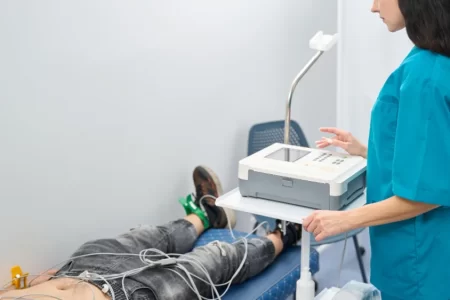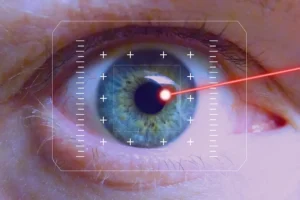ICD-10 Code for Dysuria (Painful Urination)
- Updated on: Feb 24, 2025
- 2 min Read
- Published on Oct 25, 2023

What is Dysuria?
Dysuria is a painful condition which causes difficulty in urination. Pain in urination is a common symptom that is generally associated with urinary tract infections, bladder issues, or other underlying conditions. The International Classification of Diseases (ICD) provides standardized codes for medical diagnoses, including dysuria, for consistent usage in healthcare documentation, billing, and research work.
Synonyms For The Condition Often Used
- Dysuria (painful urination)
- Dysuria (painful urination) in pregnancy
- Dysuria in pregnancy
Clinical Information
- Difficulty or pain in urination
- Painful urination is often associated with infections of the lower urinary tract
ICD-10 Code For Dysuria: R30.0
The ICD-10-CM code for dysuria is R30.0. This code can be used for reimbursement and billing purposes in medical practice.
- Category: R30 (Pain associated with micturition)
- Specific Code: R30.0 (Dysuria)
- Related Condition: Strangury (painful, slow urination)
- Billing Status: Billable/Specific Code
ICD-10 Code Hierarchy For Dysuria
- R00-R99: Symptoms, signs, and abnormal clinical and laboratory findings
- R30-R39: Symptoms involving the urinary system
- R30.0: Dysuria (painful urination)
- R30.9: Pain associated with micturition, unspecified (less specific than R30.0)
- R30-R39: Symptoms involving the urinary system
Billing & Reimbursement for R30.0
For medical billing purposes, ICD-10 code R30.0 is grouped under MS-DRG categories:
- MS-DRG 695: Refers to Kidney & urinary tract signs and symptoms with MCC (Major Complications/Comorbidities)
- MS-DRG 696: Refers to Kidney & urinary tract signs and symptoms without MCC
Common Conditions Associated With Dysuria (R30.0)
Dysuria is often linked to multiple conditions, including:
- Urinary Tract Infections (UTIs)
- Kidney Stones
- Bladder Infections (Cystitis)
- Sexually Transmitted Infections (STIs)
- Prostatitis (in men)
- Dysuria in Pregnancy
ICD-10 Code Cross-References
Healthcare providers may also use related ICD-10 codes for additional classification such as the following:
- N30.00: Acute cystitis without hematuria
- N39.0: Urinary tract infection, site not specified
- N40.1: Benign prostatic hyperplasia with lower urinary tract symptoms
Code History & Annual Updates
| Year | ICD-10 Code Update |
|---|---|
| 2016 | First year of non-draft ICD-10-CM (R30.0 introduced) |
| 2017-2025 | No changes in ICD-10-CM for R30.0 |
As of October 1, 2024, the 2025 ICD-10-CM version remains unchanged.
Need Help with ICD-10 Coding?
If you are a medical coder, healthcare provider, or a billing specialist and are looking for guidance on ICD-10 coding and reimbursement, stay updated with our latest insights.
Updated for 2025 ICD-10-CM Code Set












